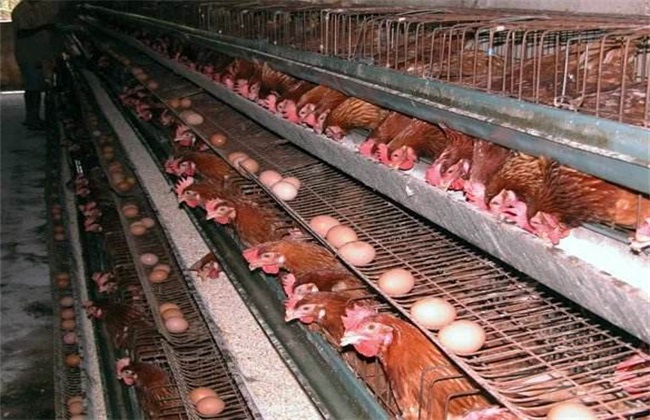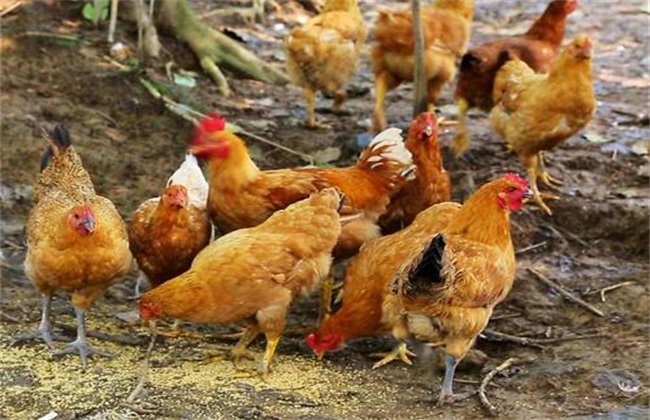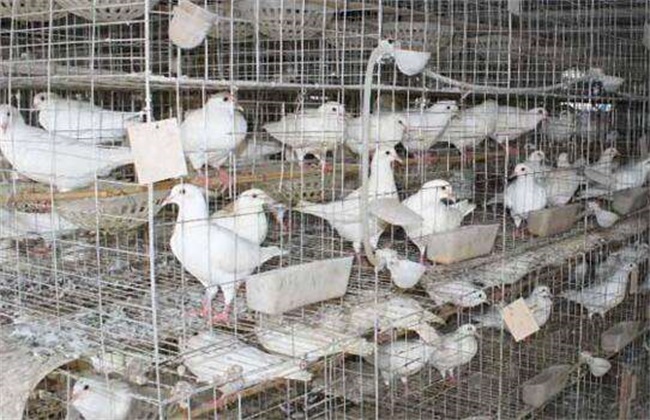What should be paid attention to in layer breeding in autumn
As a kind of poultry with the largest breeding area in China, laying hens have a great market demand in our country. When we raise laying hens, there are many places we need to pay attention to in every season. And as the temperature gradually drops into the autumn, we should pay more attention to it. So what should be paid attention to in layer breeding in autumn? The following editor will give you a brief introduction, let's have a look!

1. Prolong the laying period
When raising laying hens in autumn, for old hens who have experienced a laying year, it is best to extend their laying period so as to increase the egg production of laying hens. Maintain the stability of the henhouse environment and prevent layers from being stimulated by external factors. In the daily feed, we should appropriately reduce the bran feed, improve green feeding, enhance the appetite of laying hens and avoid physical decline. When laying hens moult, in order to enable laying hens to reproduce eggs as soon as possible, forced molting can be carried out. If chickens are not raised for two years, the whole flock can be eliminated when the laying rate of laying hens drops to about 50%.
2. Forced molting
Forced molting in autumn can make laying hens moult synchronously and restrain the starting time of laying. During forced molting, an appropriate amount of zinc oxide and zinc sulfate should be added to the diet of laying hens. When feeding high zinc feed, we should be careful not to stop feeding water, and the light time can be reduced to about 7 hours a year. After a week or so, the chicken will lose about 25% of its weight, if not so much, then continue to feed on a high-zinc diet before stopping production. If the feed is returned to normal, each chicken will be fed about 35g on the first day and increase by about 10g per day. It lasts until 100g a day and then the laying hens are allowed to feed freely.
3. Increase the light
After entering the autumn, the daily natural light will begin to shorten. However, the laying hens still have a large demand for light when laying eggs, so we should do a good job of artificial light filling during the laying period. Artificial supplementary light is used to make up for the lack of natural light. when artificial supplementary light is used, the number of lights on is kept at about twice a day. Once it opens around five o'clock in the morning until after dawn, and then turns on the lights after dark until around nine o'clock in the evening. If it is cloudy, the lights should be turned on properly during the day.
4. Increase nutrition
After entering autumn, the laying hens first go through a long laying period and a hot summer. At this time, the physique of laying hens is relatively weak, so in order to restore the physique of laying hens, after entering autumn, we should pay attention to feeding more highly nutritious feed and improve the nutritional proportion of feed. Especially protein, vitamins and other nutrients. So that laying hens can resume laying work as soon as possible, and we should also provide highly nutritious feed for new laying hens in spring, so as to increase egg production.
The above is a brief introduction of what to pay attention to in egg breeding in autumn. That's all for today's introduction. This article is for reference only. I hope it can be helpful to all of you.
Related
- On the eggshell is a badge full of pride. British Poultry Egg Market and Consumer observation
- British study: 72% of Britons are willing to buy native eggs raised by insects
- Guidelines for friendly egg production revised the increase of space in chicken sheds can not be forced to change feathers and lay eggs.
- Risk of delay in customs clearance Australia suspends lobster exports to China
- Pig semen-the Vector of virus Transmission (4)
- Pig semen-the Vector of virus Transmission (3)
- Five common causes of difficult control of classical swine fever in clinic and their countermeasures
- Foot-and-mouth disease is the most effective way to prevent it!
- PED is the number one killer of piglets and has to be guarded against in autumn and winter.
- What is "yellow fat pig"? Have you ever heard the pig collector talk about "yellow fat pig"?



